As the electric vehicle (EV) industry continues to expand, the need for standardized communication between charging stations and central management systems becomes paramount. The Open Charge Point Protocol (OCPP) serves as this standard, ensuring interoperability and efficient communication across various EV charging infrastructures. This blog aims to introduce OCPP 1.6J, delve into its features, and compare it with its successors, OCPP 2.0.1 and 2.1, providing insights for both newcomers and seasoned professionals in the EV charging domain.
Introduction
Released in 2015, OCPP 1.6J is a widely adopted protocol version that utilizes JSON over WebSockets for communication. Its primary objective is to facilitate seamless interaction between EV charging stations and central systems, promoting interoperability regardless of the manufacturer..
Key Features of OCPP 1.6J:
Smart Charging: Supports predefined charging profiles, allowing for basic load balancing and scheduling. Remote Management: Enables remote start/stop of charging sessions, firmware updates, and diagnostics. Authorization: Provides mechanisms for user authentication through RFID cards or other identification methods. Reservation: Allows users to reserve charging stations in advance. Data Transfer: Facilitates the exchange of meter values and status notifications between the charger and central system. Limitations of OCPP 1.6J: Security: Lacks advanced security features, relying primarily on basic TLS encryption without mutual authentication. Smart Charging Flexibility: Charging profiles are static and cannot adapt dynamically to real-time conditions. Device Management: Limited capabilities in monitoring and managing complex charging station configurations.
Limitations of OCPP 1.6J:
Security: Lacks advanced security features, relying primarily on basic TLS encryption without mutual authentication. Smart Charging Flexibility: Charging profiles are static and cannot adapt dynamically to real-time conditions. Device Management: Limited capabilities in monitoring and managing complex charging station configurations.
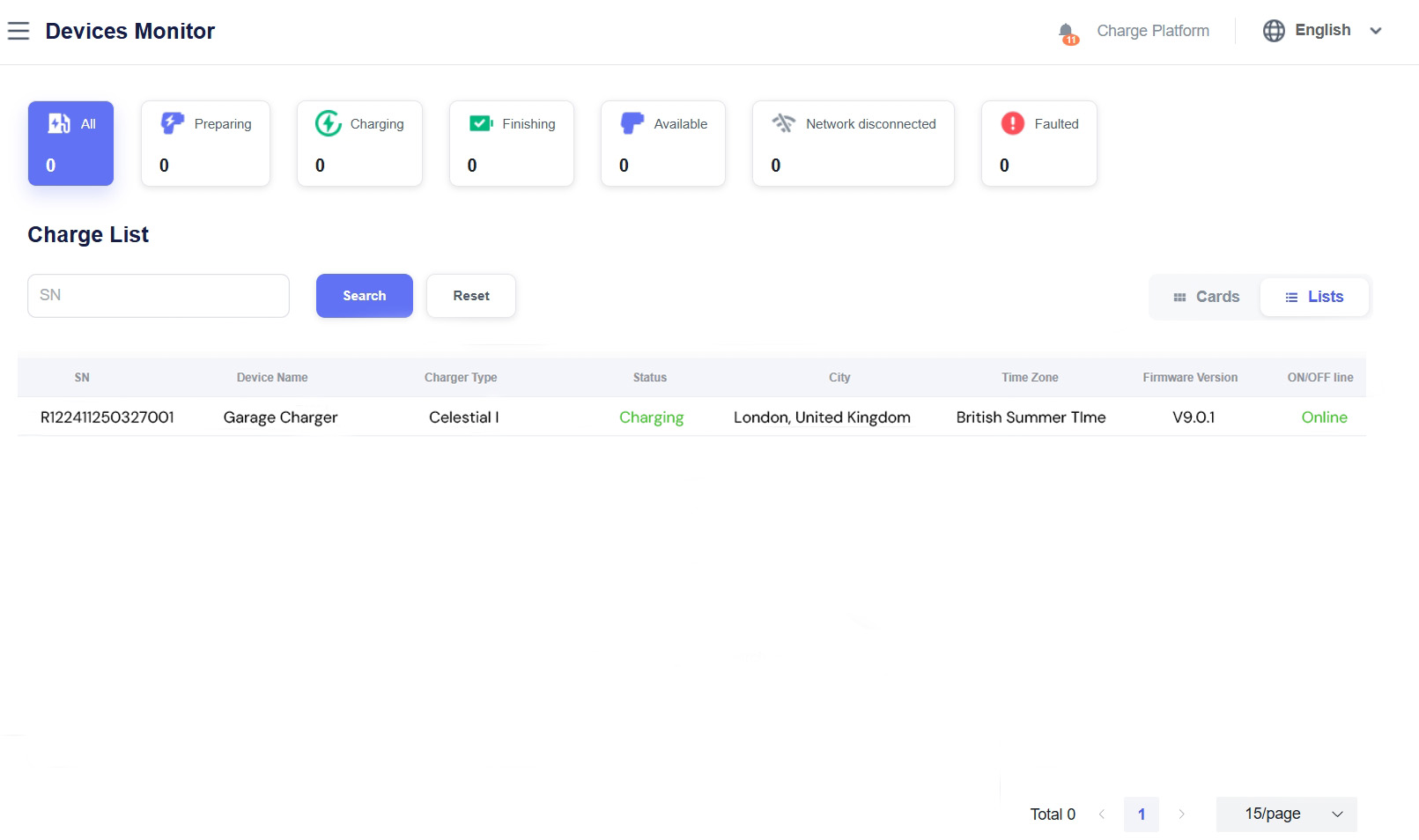
How OCPP Evolved: OCPP 2.0.1 and OCPP 2.1:
The EV industry kept moving fast, and so did OCPP. OCPP 2.0.1 (released in 2020) and the newer OCPP 2.1 (finalized in 2025) bring major upgrades to meet modern EV needs. Key Improvements in OCPP 2.0.1: Dynamic Smart Charging: Charging power can adapt in real-time based on grid conditions or electricity prices. Stronger Security: Features mutual TLS authentication and certificate management. Device Management: Allows detailed monitoring and control of charger components (like power modules, communication modules, etc.). Plug & Charge: Supports ISO 15118 standard — allowing automatic vehicle authentication without RFID cards. Better Messaging: Consolidates communication to reduce traffic and improve speed.
What's New in OCPP 2.1?
OCPP 2.1 builds on everything in 2.0.1 but adds even more future-proof features: Bidirectional Charging (V2G): Enables EVs to both charge and feed power back into the grid. Integration with Renewable Energy: Supports energy storage and solar/wind power systems. Advanced Payment Options: Allows for prepaid cards, ad-hoc QR code payments, etc. Battery Swapping: Supports stations where EV drivers can swap batteries instead of waiting to charge. Session Recovery: If a charging session is interrupted, it can resume without losing data.
| Feature | OCPP 1.6J | OCPP 2.0.1 | OCPP 2.1 |
|---|---|---|---|
| Communication Method | WebSocket (JSON) | WebSocket (JSON + compression) | WebSocket (JSON + compression) |
| Security | Basic TLS | Certificate Management, mutual TLS | Enhanced profiles |
| Smart Charging | Static Scheduling | Real-Time Adjustments | Dynamic + V2G Support |
| Plug & Charge (ISO 15118) | No | Yes | Yes (Enhanced) |
| Device Management | Limited | Full Charger & Subsystem Control | Advanced Diagnostics |
| Payment Support | Basic RFID | Flexible Billing Models | Prepaid, QR Codes, More |
| Battery Swapping Support | No | No | Yes |
Key Trends for OCPP 1.6J, 2.0.1, and 2.1
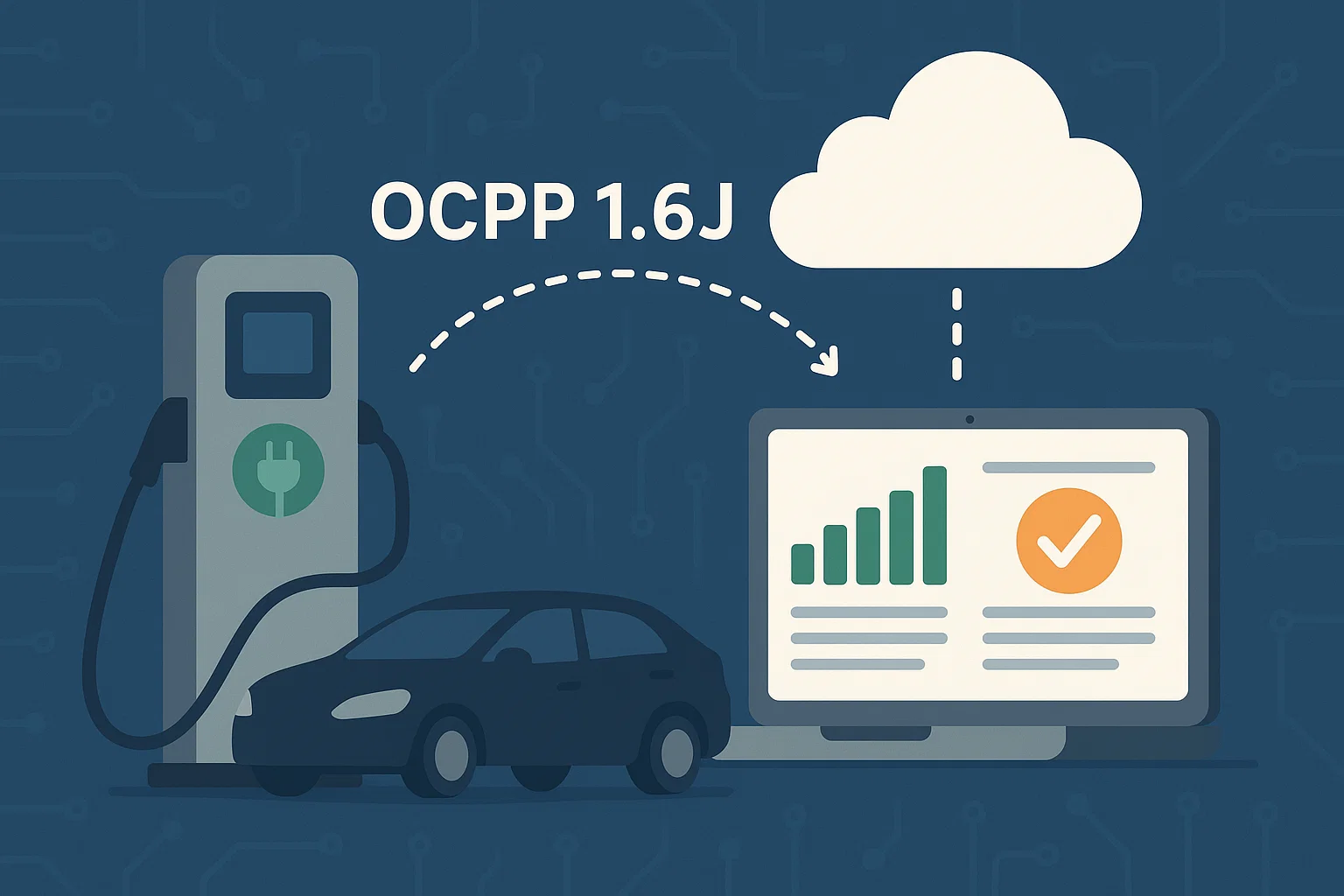
OCPP 1.6J remains the most commonly deployed version globally today. Its simplicity, lower costs, and wide compatibility make it ideal for networks that don't yet need advanced features. OCPP 2.0.1 adoption is growing quickly, especially among newer commercial projects, public fast chargers, and fleets that demand dynamic smart charging and advanced security. OCPP 2.1 is still new, but it is gaining attention among innovators, especially those investing in V2G (Vehicle-to-Grid) projects, renewable energy integration, and advanced payment models. As more automakers support bidirectional charging and Plug & Charge (ISO 15118), demand for OCPP 2.1 is expected to surge over the next few years.
Conclusion
OCPP has been a game-changer for the EV charging world, allowing chargers and networks from different brands to work together seamlessly. While OCPP 1.6J remains the backbone of many charging networks today, the industry is clearly moving toward OCPP 2.0.1 and 2.1 — unlocking smarter, more secure, and future-ready charging ecosystems. Whether you're building a simple home network or a smart, V2G-ready commercial hub, choosing the right OCPP version will shape your project's success. The future of EV charging is smart, dynamic, and connected — and OCPP is right at the heart of it.
Interested in learning more about the future of EV charging?
Check out our comprehensive guides and join the GreenSeed Power community to stay ahead of the curve. Contact us to discuss how our solutions can help your business transition to sustainable energy.
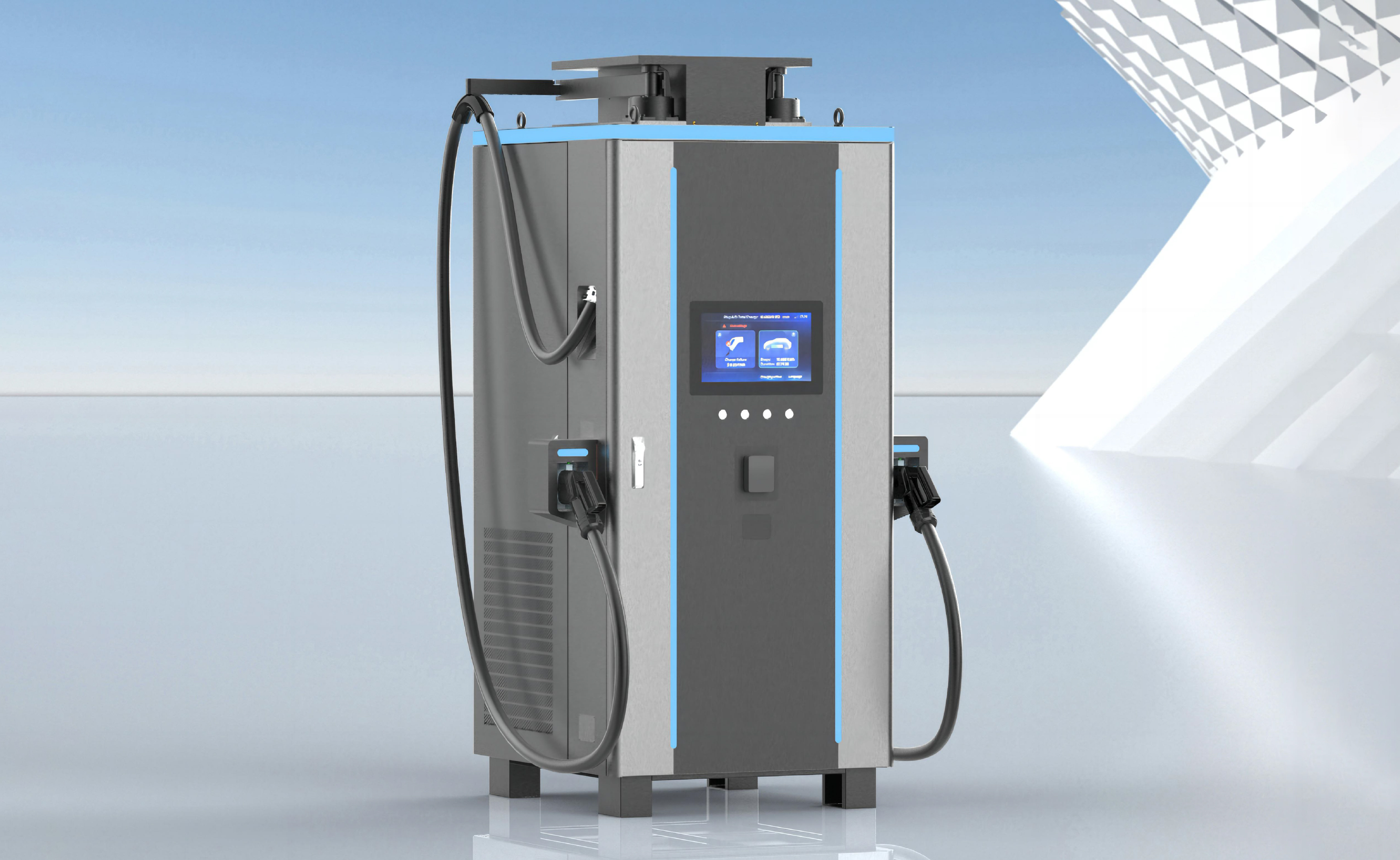
CPO | Software
The Future of Electric Vehicle Charging
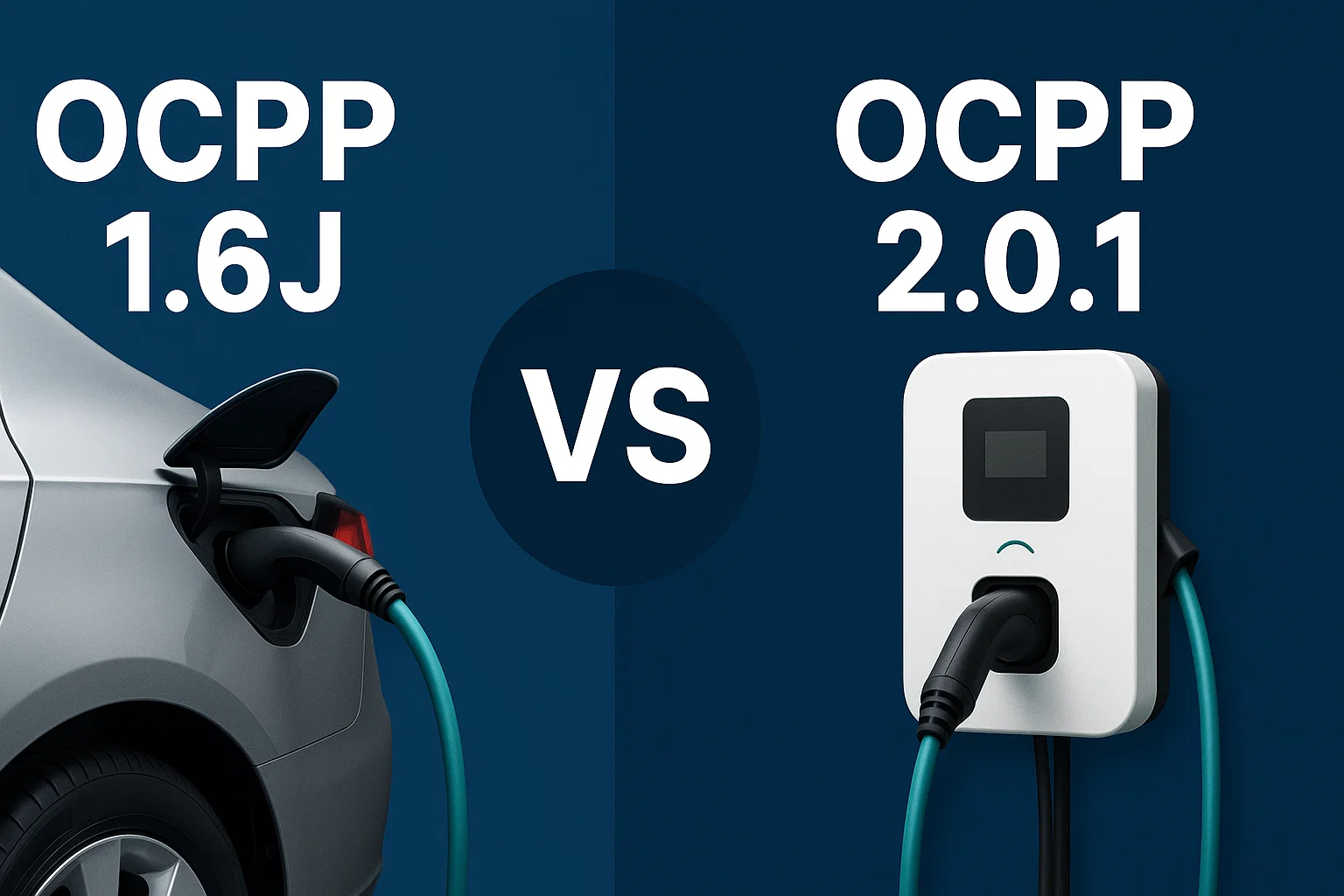
General | Software
OCPP 1.6J Explained: How It Compares to OCPP 2.0.1 and 2.1
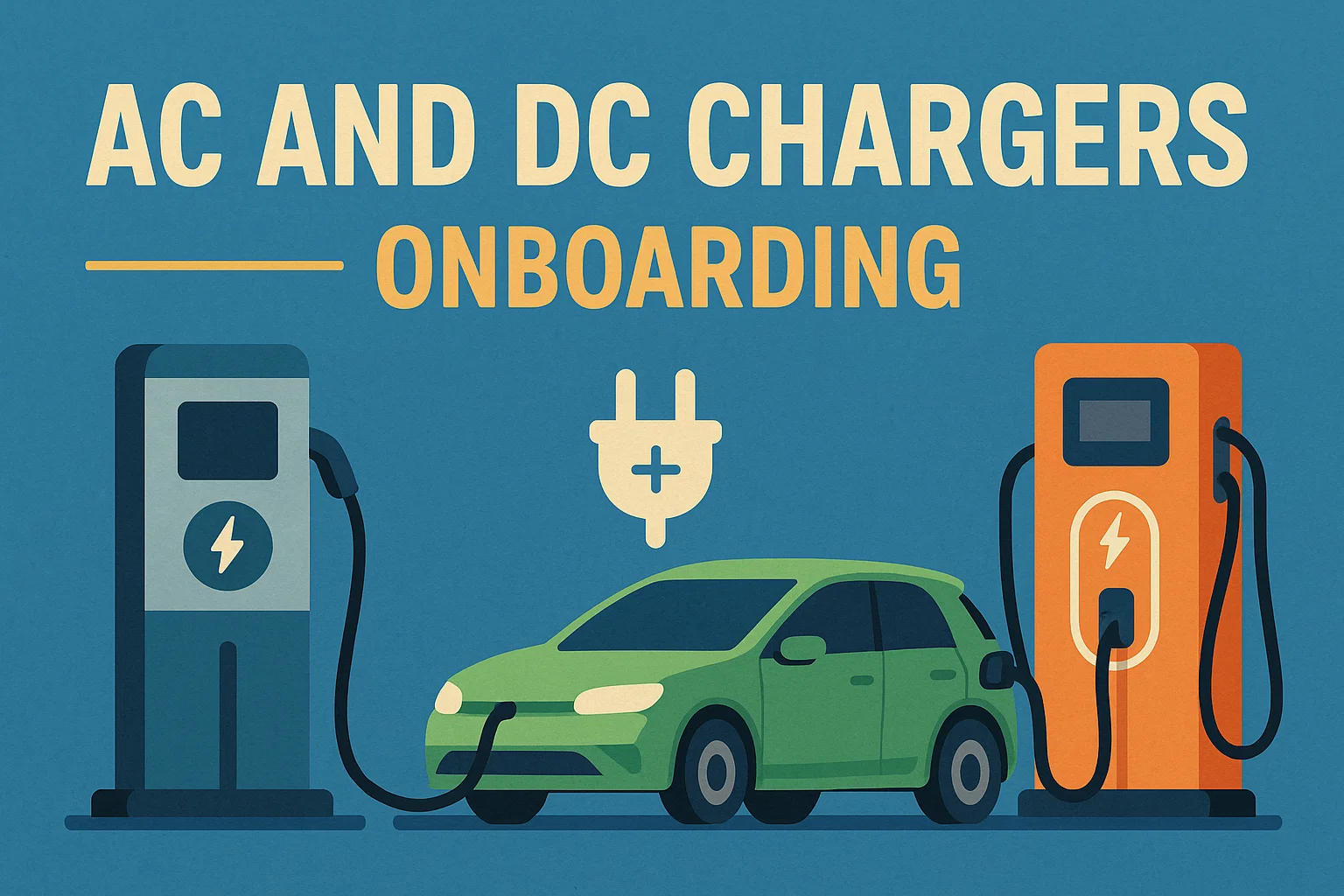
User | Hardware
AC vs DC Charging Explained: What You Need to Know About EV Onboard Chargers

